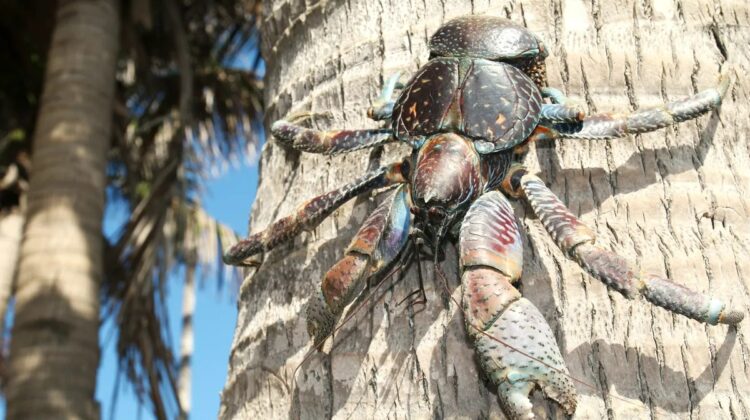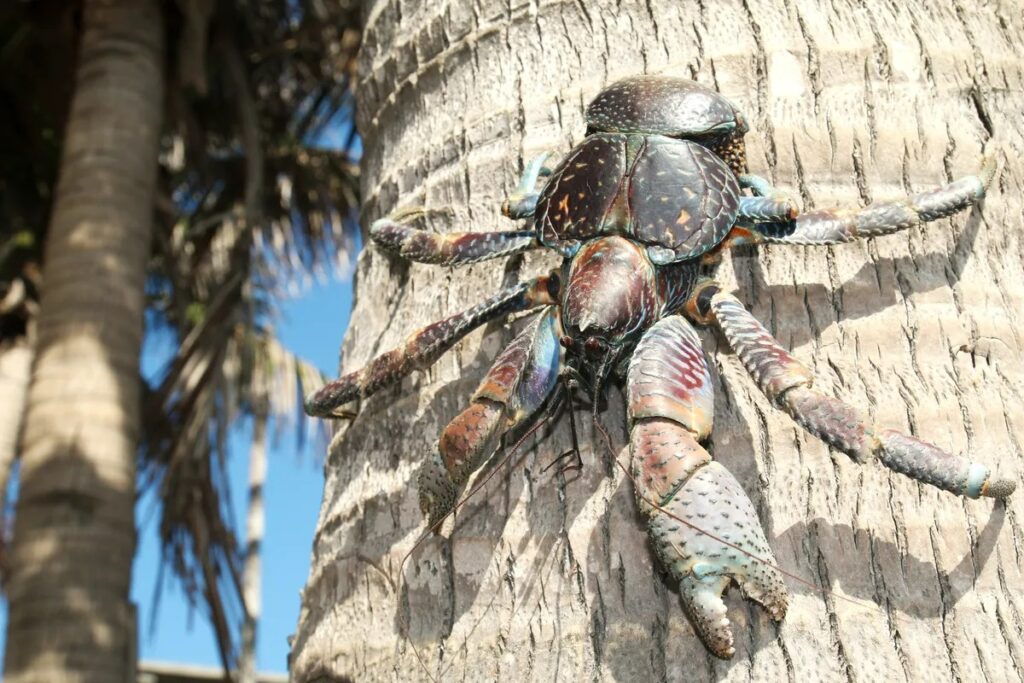
The short answer is we don’t know, but the crab theory certainly has a pinch to it.
Amelia Earhart, celebrated for her groundbreaking achievements in aviation, embarked on a global flight in July 1937, never to be seen again. Theories surrounding her mysterious disappearance abound, with one unconventional idea resurfacing – was she eaten by giant crabs?
In 1940, British colonists found skeletal remains on Nikumaroro, an atoll 1,800 miles from Hawaii. If these were Earhart’s, the theory posits that she and her navigator landed there, and he perished. The island is inhabited by coconut crabs, colossal creatures known for their scavenging habits.

These mega-crabs, with meter-long leg spans, are formidable hunters capable of killing large birds. Nikumaroro’s giant crustaceans, relentless in their swarms, could scatter human remains widely. Charles Darwin, impressed by their size, deemed them “monstrous.”
The mystery deepens with the discovery of only 13 bones in 1940, raising questions about the missing 193 bones of a human skeleton. TIGHAR (International Group of Historical Aircraft Recovery) conducted experiments with pig carcasses, mimicking the potential aftermath of crab scavenging. They found that crabs can strip a body in under two weeks, concealing bones in their burrows.
In 2018, TIGHAR, alongside the University of Tennessee researchers and dogs from the Canine Forensics Foundation, sought to solve the mystery. While claiming the dogs detected a scent of human remains, conclusive evidence remained elusive.
Despite its popularity online, the crab hypothesis remains unproven. The search for Amelia Earhart’s fate continues, leaving us to wonder if her disappearance was more peaceful than the unsettling prospect of becoming prey for scavenging crabs.

Leave a Reply